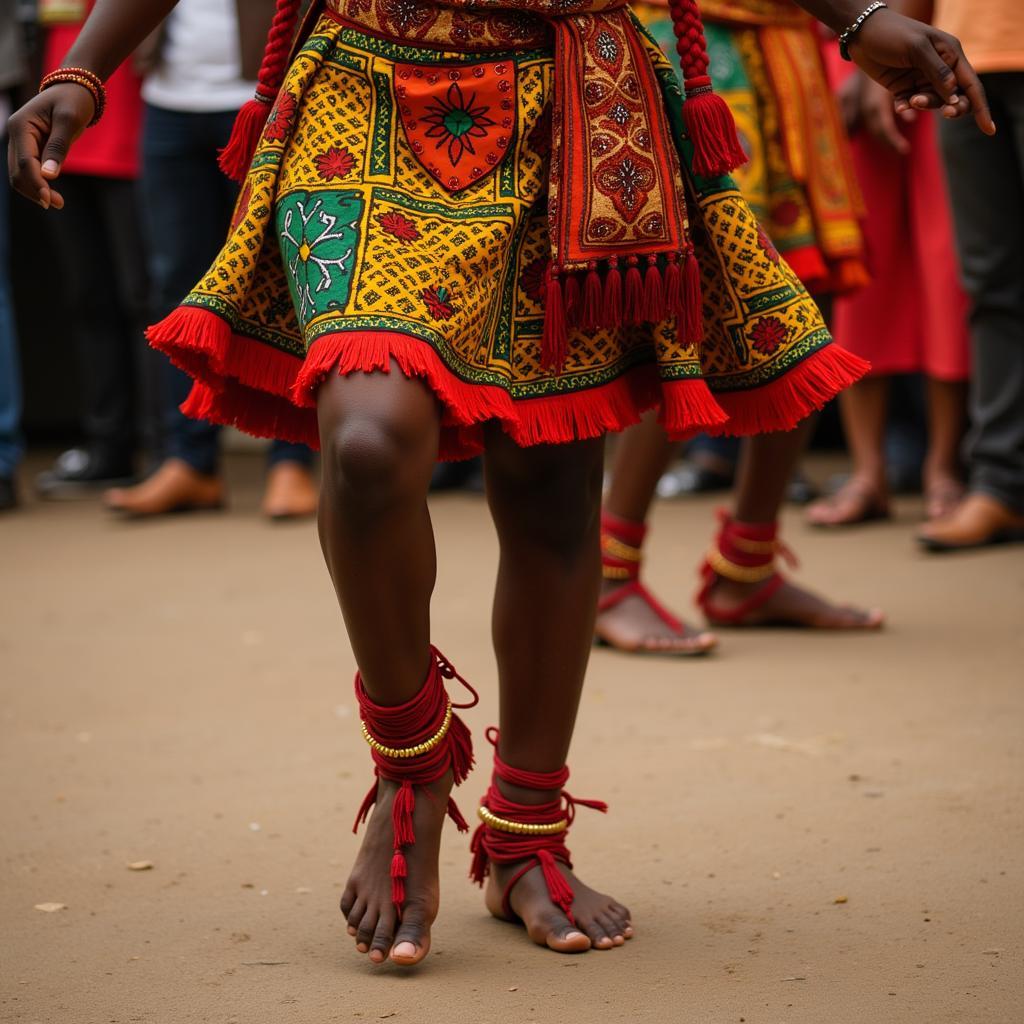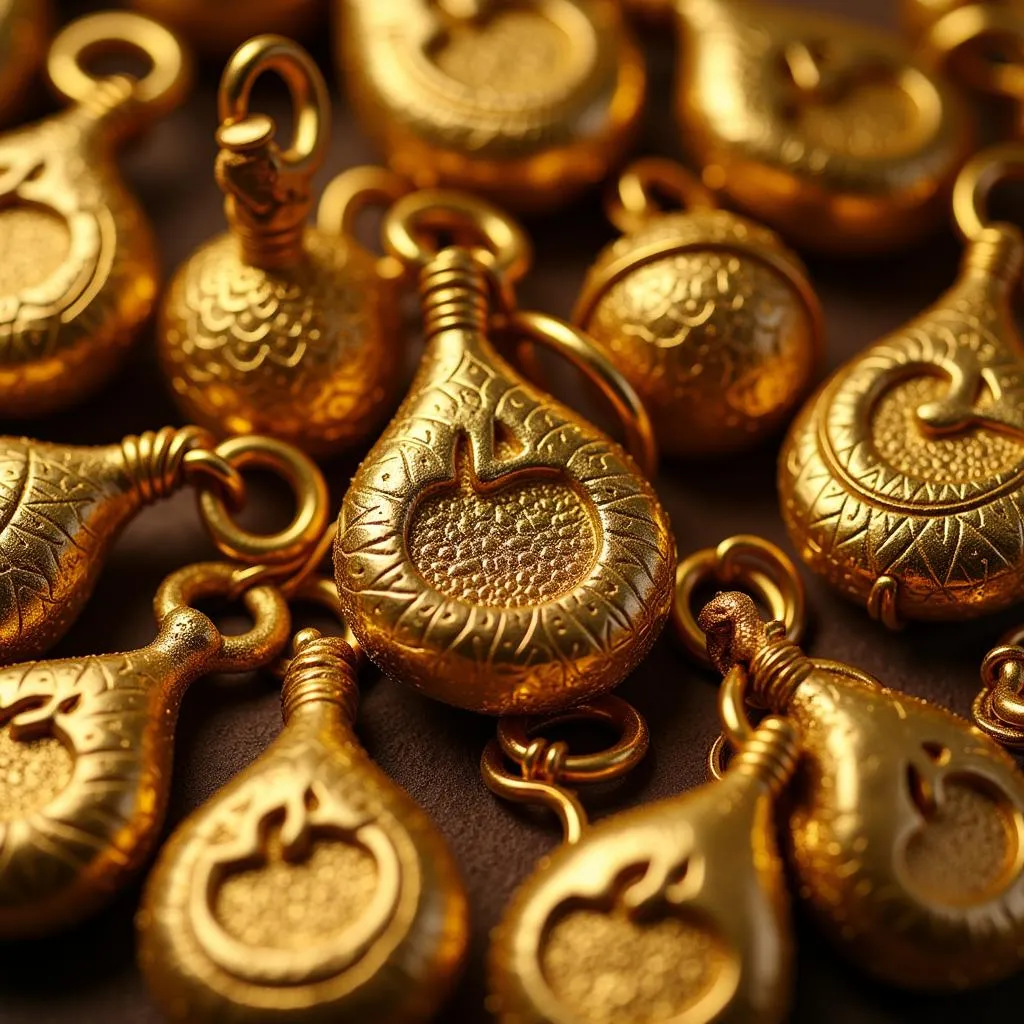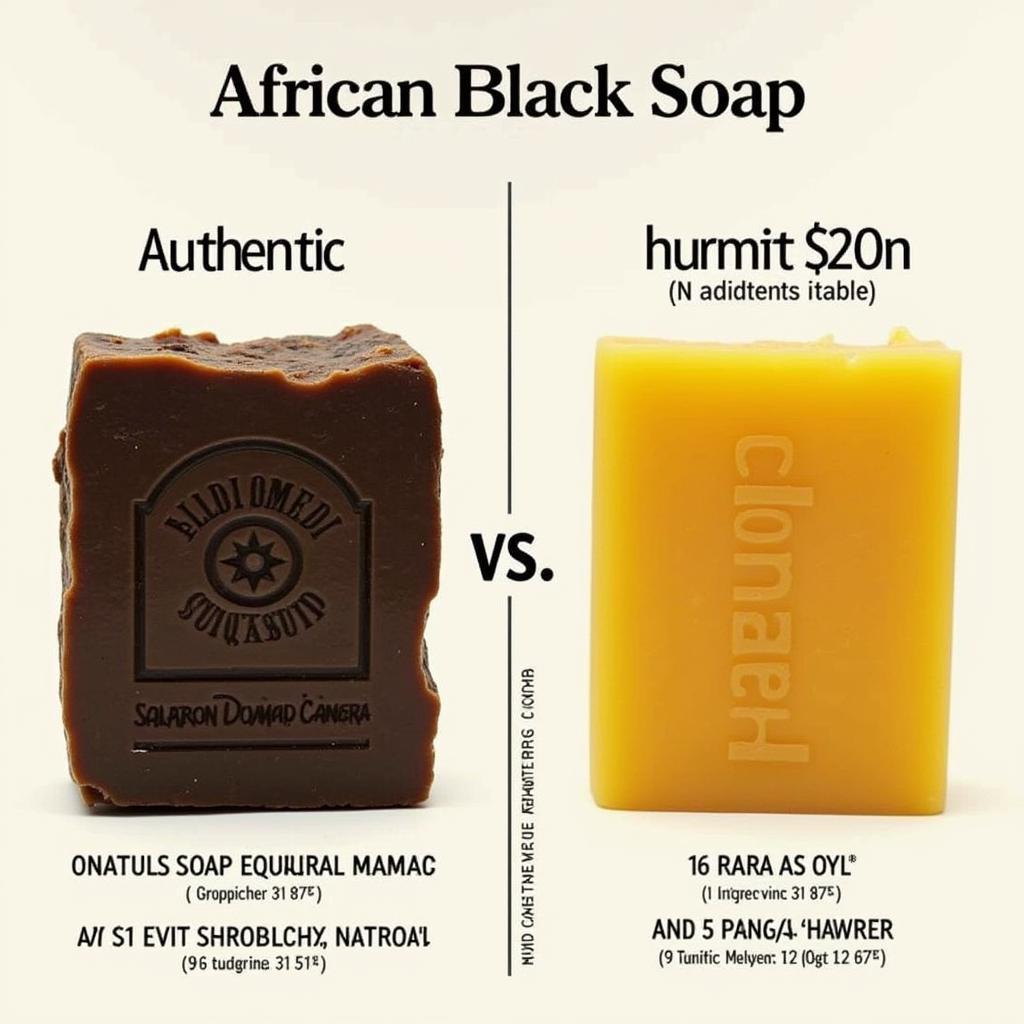The Vibrant World of African Head Wrap Fabric
African head wraps, more than just a fashion statement, are a powerful symbol of tradition, identity, and heritage deeply woven into the fabric of many cultures across the continent. Known by various names like Duku, Gele, Ichafu, and Turban, these head coverings transcend mere aesthetics, embodying a rich tapestry of stories, beliefs, and social significance. This article delves into the vibrant world of African Head Wrap Fabric, exploring its history, cultural importance, and the diverse styles that continue to captivate the world.
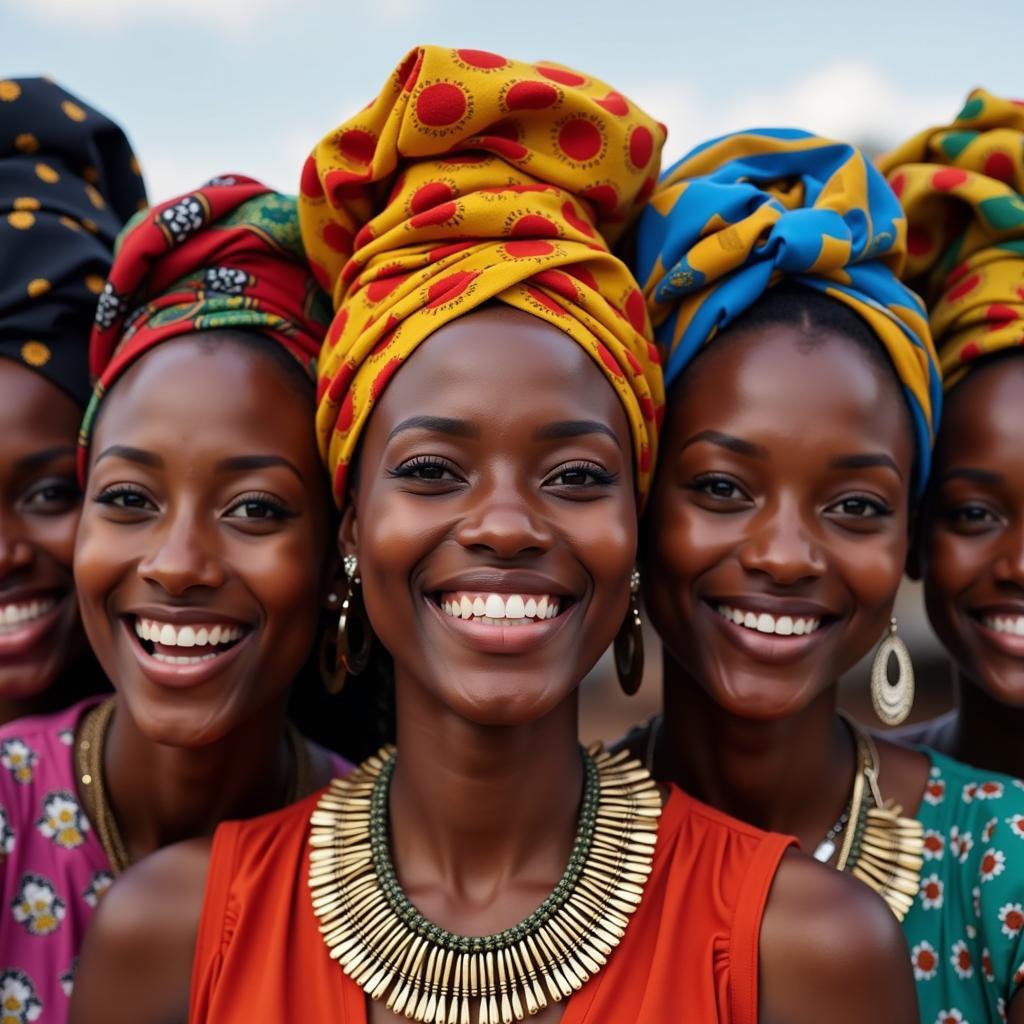 Women in Colorful Headwraps
Women in Colorful Headwraps
A Journey Through Time: The History of African Head Wraps
Tracing the historical roots of African head wraps reveals a fascinating journey through time. Evidence suggests that head coverings have been an integral part of African societies for centuries. Ancient Egyptian hieroglyphics depict both men and women adorned with elaborate headdresses, indicating their presence as early as 3000 BC. In West Africa, the Yoruba people have a long and storied tradition of head wrapping, with specific styles and colors holding deep cultural and spiritual meanings.
The fabrics used for head wraps have evolved over time, reflecting trade routes and cultural exchanges. Early wraps were often made from natural materials like linen, cotton, and raffia. With the arrival of Arab traders, luxurious silks and brocades made their way into African markets, becoming prized materials for head wraps, particularly among the elite.
More Than Just Fabric: The Cultural Significance of African Head Wraps
African head wraps are far more than just pieces of fabric; they are powerful symbols laden with cultural and societal meanings. Here are some of the key significances:
- A Mark of Respect and Status: In many African cultures, the way a woman ties her head wrap can indicate her marital status, age, or social standing. Elaborate styles and expensive fabrics often denote wealth and prominence.
- A Symbol of Spirituality and Identity: Head wraps are often worn during religious ceremonies and rituals, serving as a visual representation of faith and connection to ancestors. Specific colors and patterns can hold spiritual meanings or represent different deities.
- A Celebration of Womanhood: The act of wrapping one’s head is often seen as a rite of passage for young girls, marking their transition into womanhood. It’s a time-honored tradition passed down through generations, strengthening familial and communal bonds.
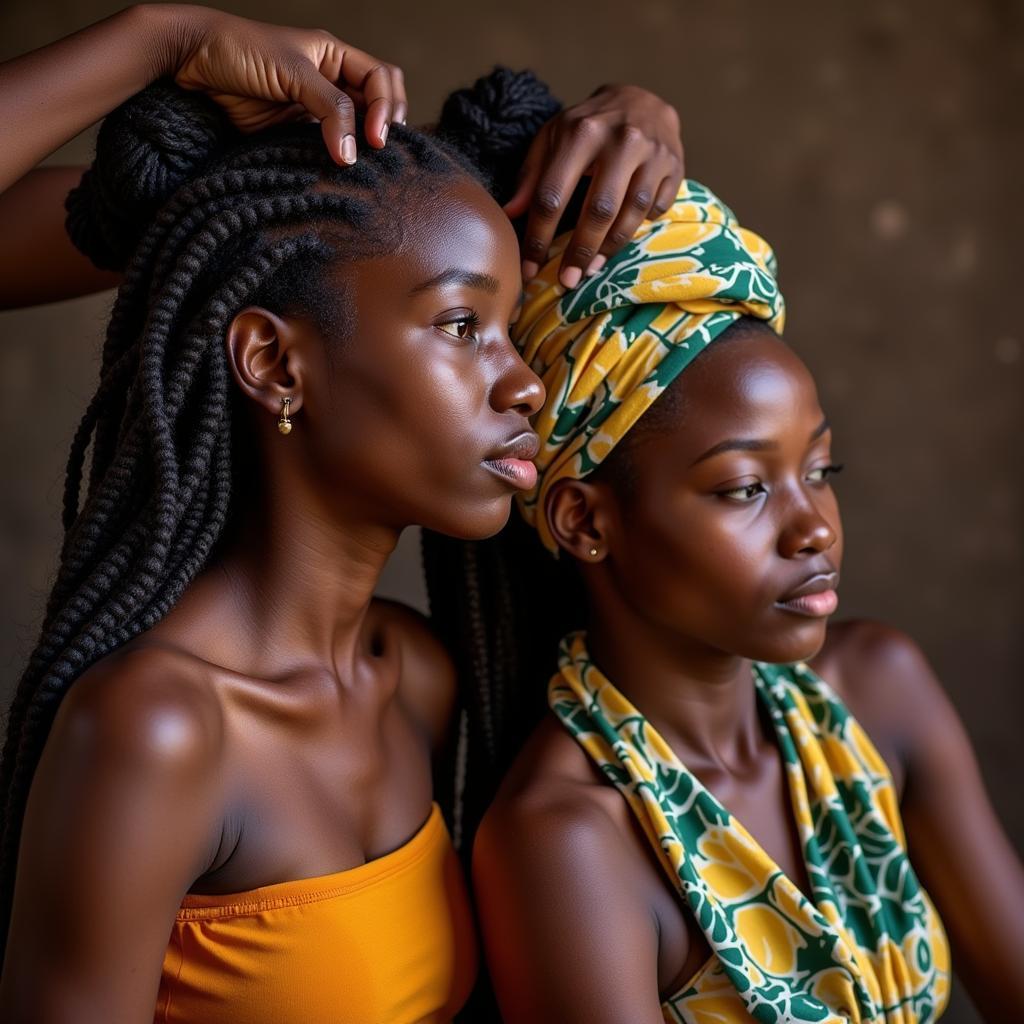 Head Wrapping Ceremony
Head Wrapping Ceremony
Exploring the World of African Head Wrap Fabric
The beauty of African head wraps lies not only in their styles but also in the incredible diversity of fabrics used. Each region boasts unique textiles and techniques, adding to the richness and allure of this tradition. Let’s explore some of the most popular fabrics:
1. Ankara Fabric: A Burst of Color and Pattern
Ankara, also known as African print fabric or Dutch wax print, is perhaps the most recognizable African head wrap fabric globally. Characterized by its vibrant colors and bold, intricate patterns, Ankara is traditionally made using a wax-resist dyeing technique. African block print cotton fabric like Ankara offers endless creative possibilities for head wrap styles, making it a favorite for both everyday wear and special occasions.
2. Aso Oke Fabric: Handwoven Elegance from Nigeria
Originating from the Yoruba people of Nigeria, Aso Oke is a hand-woven fabric renowned for its intricate patterns and luxurious texture. Made from natural fibers like cotton, silk, and rayon, Aso Oke is often used for special occasions like weddings and festivals. Its elegant drape and subtle sheen make it a stunning choice for head wraps, adding a touch of regality to any ensemble.
3. Kente Cloth: A Royal Tapestry of Ghana
Kente cloth, a vibrant handwoven textile from Ghana, is steeped in history and symbolism. Traditionally worn by kings and queens of the Ashanti people, Kente features geometric patterns and bold colors, each carrying specific meanings. Using Kente cloth for head wraps is a powerful statement of heritage and pride, representing the wearer’s connection to their roots and the rich cultural tapestry of Ghana.
Wrapping Up: The Enduring Legacy of African Head Wraps
African head wrap fabric is more than just material; it’s a tangible link to a rich cultural legacy. As the world embraces diversity and cultural appreciation, African head wraps have transcended geographical boundaries, becoming a symbol of empowerment, individuality, and style. By understanding the history, significance, and the craft behind these beautiful head coverings, we gain a deeper appreciation for the vibrant tapestry of African cultures and the enduring power of tradition.

